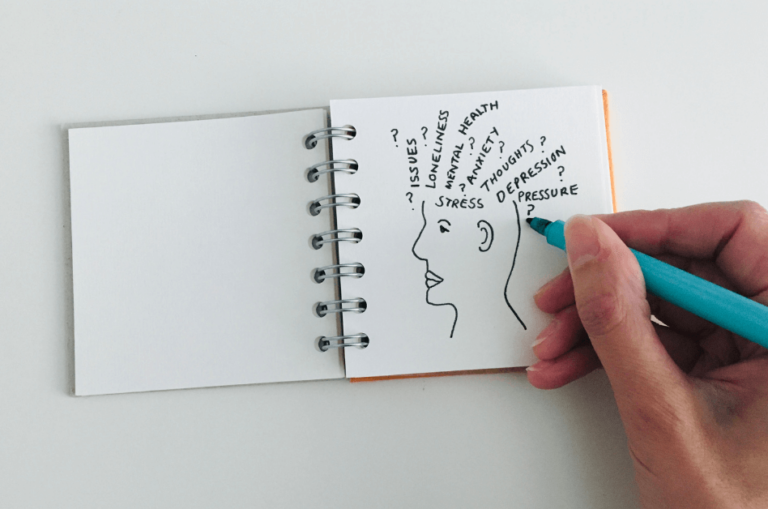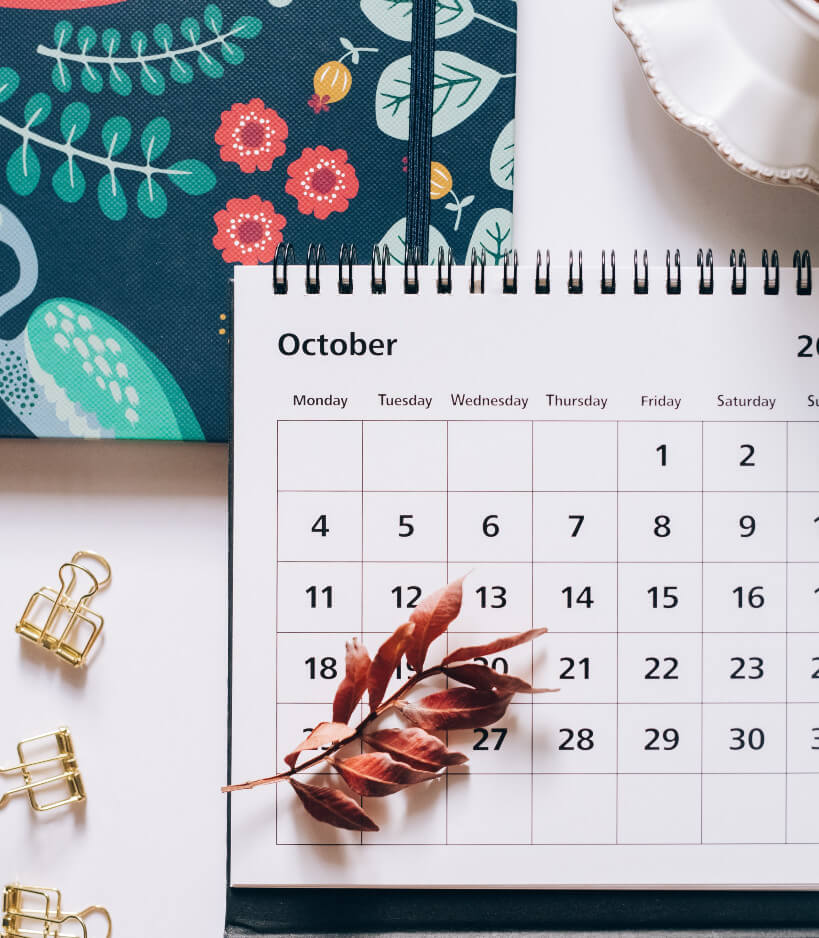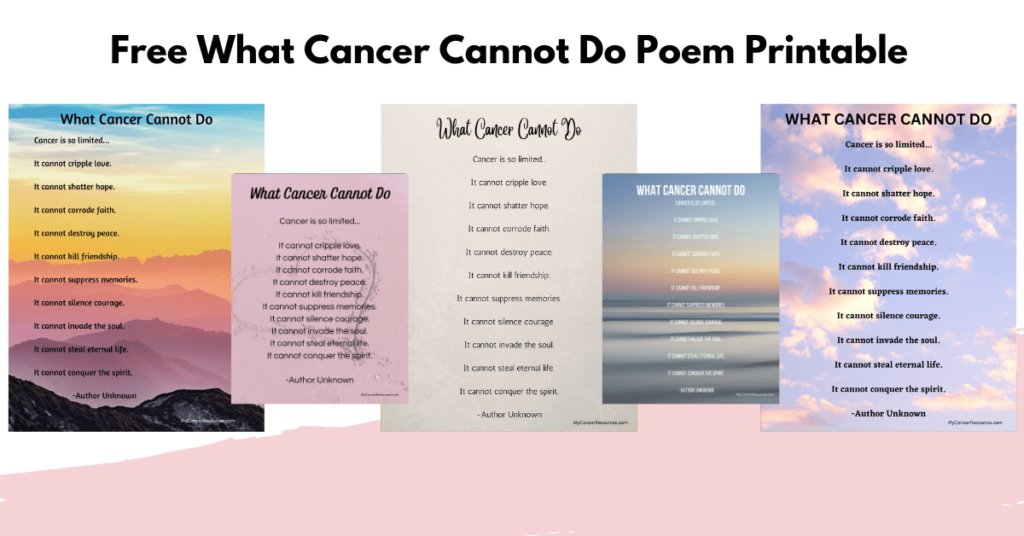
Anxiety is a common but unwelcome visitor for most people with cancer and their caregivers. Anxiety is more than worry and more than negative thoughts; it’s an intense emotion that, if left unchecked, can really interfere with someone’s life. But there is a simple technique that can be used anywhere, at any time, to help reduce feelings of anxiety. The 333 method for anxiety, also called the 3-3-3 rule, is an effective and useful tool to calm anxiety.
What is Anxiety?
Anxiety is a natural human response to stress and uncertainty. It’s the body’s way of preparing for a perceived threat or danger, often referred to as the “fight or flight” response. Anxiety can show up in different ways, such as:
- Constant Worry: A persistent and overwhelming sense of unease about the future
- Physical Symptoms: The physical symptoms of anxiety include an increased heart rate, increased blood pressure, sweating, tense muscles, and shaking.
- Cognitive Distortions: Negative, intrusive thoughts can take over your mind, making it hard to focus on anything else. Examples of distorted thinking patterns include catastrophic thinking or a constant focus on worst-case scenarios.
- Social Isolation: Some people pull back from social interactions due to anxiety, but this can increase feelings of loneliness and isolation.
- Sleep Disturbances: Anxiety can make it hard to fall asleep or stay asleep, which can lead to restlessness and fatigue.
Anxiety can be overwhelming and paralyzing when it’s in the form of panic attacks. However, there are anxiety management techniques you can use to reduce these anxiety symptoms.
The 333 Method for Anxiety
The 3-3-3 method is a simple yet effective technique that can help you manage anxiety and regain a sense of control over your thoughts and emotions. This method is one of the most common grounding techniques recommended by mental health experts.
It’s especially valuable because it’s easy to remember and can be used anywhere, at any time. You’ll identify and focus on 3 things in each of the 3 sensory areas that are involved: Seeing, Hearing, and Touching.
The 333 method works because it helps to redirect your focus away from the anxious thoughts (which are past or future-focused) and into the present moment. When we’re anxious, our minds tend to race with worry about the future or dwell on past events. This approach is a mindfulness technique that deliberately engages your senses. By doing so, you interrupt the cycle of worry and anxiety and bring yourself back to a place of calm. Let’s explore each of these steps in more detail.
Seeing
In this step, you intentionally focus on what you can see around you. Take a look at your immediate surroundings, and identify three things you can see. Instead of quickly glancing around and rattling off three things you see, take your time to notice specific details like colors, shapes, and textures.
If you’re indoors, you could study the texture of a fabric, light reflecting off a surface, or the details in a painting or photograph. If you’re outside, watch the leaves rustling in the wind, the patterns in tree bark, or the colors of flowers. If you’re at the hospital or clinic when you start to notice your anxious feelings increasing, notice the colors of the walls, the design of the ceiling tiles, or the patterns in the flooring.
While you’re on this step, here are some additional tips:
- Avoid Judgment: Don’t judge or analyze what you see. Simply observe without assigning meaning or significance to it.
- Stay Present: If your mind starts to wander back to anxious thoughts, gently bring your focus back to the visual stimuli around you.
Hearing
In this step, you pay attention to the sounds around you and identify three different sounds. You could notice the hum of air conditioning, music playing in the background, or the chirping of birds. It could even be the rhythm of your own breathing as you take some deep cleansing breaths to try to calm down.
Sometimes in a panic-ridden situation, it can be hard to drown out the sounds in your head, so closing your eyes may help you focus on this step.
Avoid judgment in this step as well – don’t identify sounds as good or bad, just listen. Try to pick out a range of sounds. Pay close attention to the sounds that are most obvious to those that are more subtle, requiring more focus to identify. It’s this focus that helps keep you in the present moment.
Touching
This final step engages your sense of touch with physical objects. When anxiety takes hold, it often feels like your mind is racing in a thousand different directions. The touch step brings your focus back to your body and the physical world around you.
This can provide a tangible anchor to the present moment, which is an important coping mechanism to alleviate anxiety and regain a sense of control. You can hold an object like a worry stone and notice the weight of it in your hand. You can tap your fingers against your arm or squeeze a stress ball.
Try to touch different textures, as this causes more stimulation for your brain and helps you stay focused on your current environment. If you’re outside, touch a tree trunk or a leaf, feeling the different textures. If you’re using this informal technique for anxiety relief while you’re at a doctor’s appointment or another area where you may not be able to move around, try noticing how different parts of your body feel against whatever they are touching – like your feet in your shoes, your back against the chair, etc.
Additional Tips
In addition to using the 333 method, here are some other ways to reduce anxiety.
- Drink a glass of water. The cold water and sensation it brings also help get your mind out of an anxiety spiral and refocus.
- Make sure you’re getting enough sleep. Fatigue can make anxiety worse as it can be harder to shift your mind from intrusive thoughts and worry.
- Regular exercise has been shown to reduce the frequency and intensity of anxiety, so if you’re physically able, incorporate exercise into your routine, even if it’s just a few minutes a day.
- If your anxiety is so severe that these techniques aren’t helping, reach out to a mental health professional.
While many can find relief by applying grounding techniques or a simple deep breathing exercise, these might not be the right techniques for you. Different types of treatment options like talk therapy, cognitive behavioral therapy, or medication may be needed to get your anxiety under control.
Do not be ashamed of needing professional help. Cancer brings up a bunch of negative emotions and sometimes the assistance of mental health professionals is needed to help you regain a sense of control and calm in your everyday life.
How Caregivers Can Help
Caregivers, you can incorporate this powerful tool into your life for personal anxiety relief, but you can also use it to help your loved one. If your family member is prone to anxiety attacks, you can anticipate stressful situations and remind them to use these relaxation techniques.
The great thing about knowing this soothing technique is that you can prompt them through the three steps, even when their anxiety is spiraling.
You can even use the 333 method before going into stressful situations, like getting scan results back.
Final Thoughts
The next time you start to feel anxious, the 333 method is a practical way to reset your nervous system and feel calm in the present moment. This easy tool can be used no matter where you are, no matter the time of day or night. It is effective for young children all the way to the elderly. It doesn’t require any specific tools and is the best option for quick anxiety relief.
Knowing you have the skills to address mental health issues like anxiety on your own can give you confidence and improve your overall quality of life.
There is no shame in having anxiety problems, especially when you’re dealing with cancer. There is so much that is unknown, it is easy to become overwhelmed with decisions to be made and wondering how everything will turn out. The good news is that anxiety doesn’t need to rule your life if you can stop it in its tracks with a simple type of anxiety work like the 3-3-3 method.
However, if you need additional support from a professional with years of experience working with cancer patients and their families, then reach out to me to talk about individual or group coaching options. I can teach you additional coping strategies and help you build a mindfulness practice that you can easily incorporate into your daily life. You’ll be able to thrive on this journey, rather than simply survive. `



